Idea by
Mathieu Bujnowskyj + Titouan Chapouly
hutte.xyz
Call for ideas 2017
A Fullspectrum Architecture
A Fullspectrum Architecture
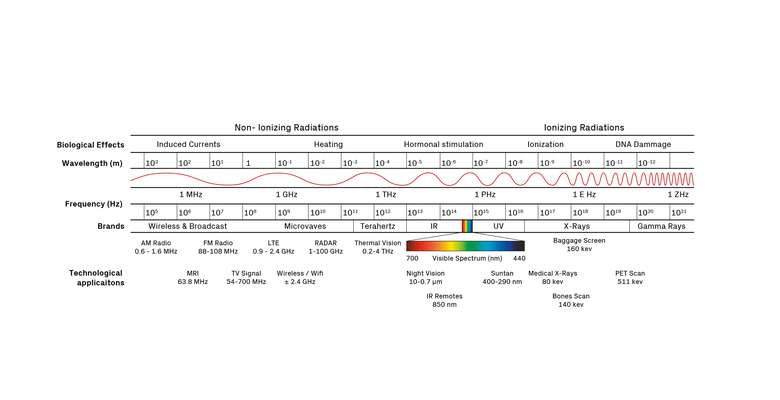
The future of architecture is likely to happen in an overconnected world. Smart territories in a data-driven society where informational ubiquity will progressively become the norm. It is sustained by a dense yet invisible electromagnetic landscape that is unfortunately favouring the emergence of new health and cryptographic concerns such as electrosmog, information overload, digital mass surveillance, data-privatisation of public space, etc.
In regard to these concerns disrupting our daily lives, our vision is to extend architecture’s role to the spatial management of invisible electromagnetic signals as it was historically done with temperature, light or sound over the last centuries. It is a call for a fullspectrum architecture and the exploration of its related new programs and typologies.
“404: Space not found” is a critical pavilion for the H3K Basel. It aims to raise awareness towards this fascinating topic and acts as our first experimental, fullspectrum project.

Rethinking the Hütte /
One primeval role of architecture was to protect its users from natural conditions. It was also to give meaning to space by establishing spatial hierarchies between differents conditions : profane/sacred or public/private for example. We now need to extend this role towards the complex artificial environment that humanity built for itself over the last decades. Informational quietness and traceability may become new tools for spatial hierarchisation.
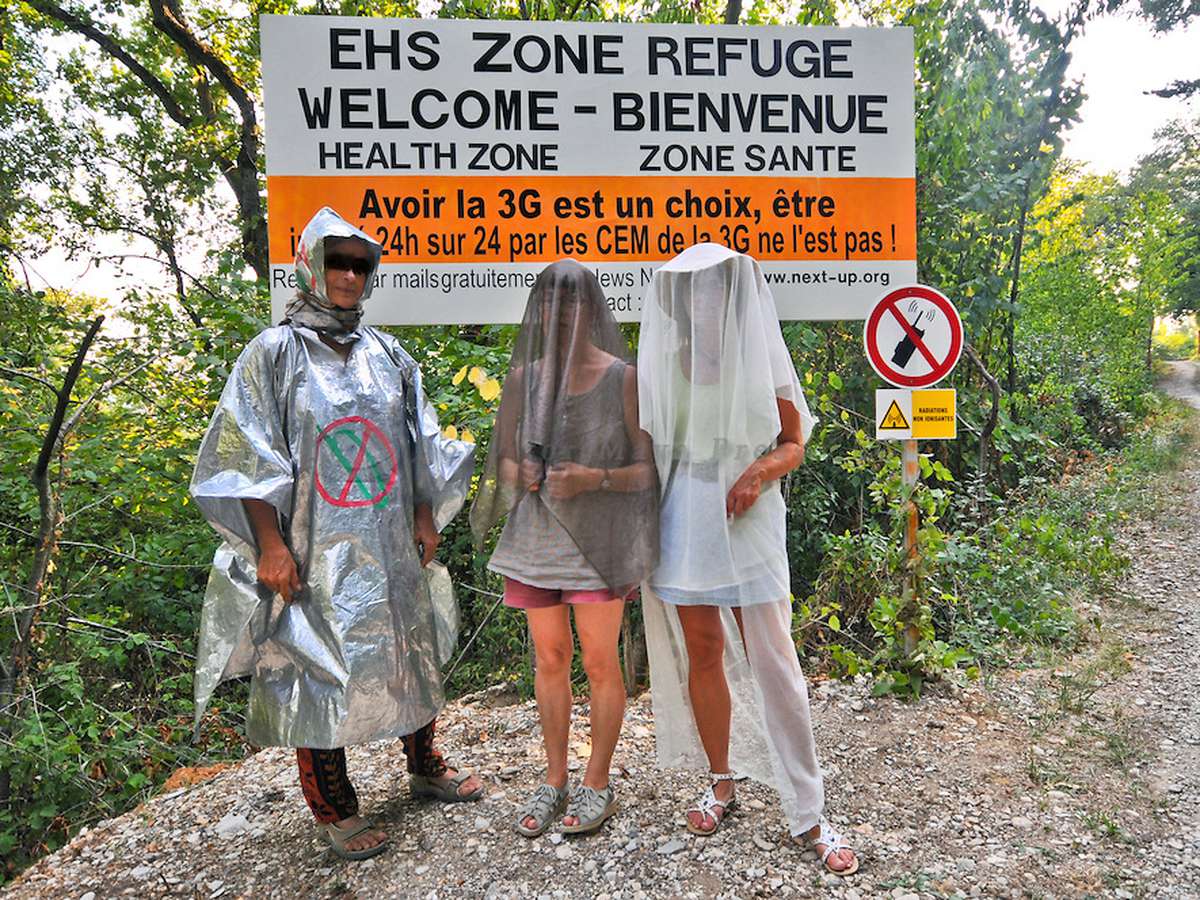
Unknown medical consequences /
The direct and indirect effects of electromagnetic exposure on humans are still relatively unknown. In the recent years, new phenomena such as EHS (Electromagnetic-Hypersensitivity), Information overload, Attention Deficit Disorder have been diagnosed. Some of them are still disputed but EMF exposure may participate to future building or urban planning regulations as it happened to asbestos or smoking policy in the past decades.
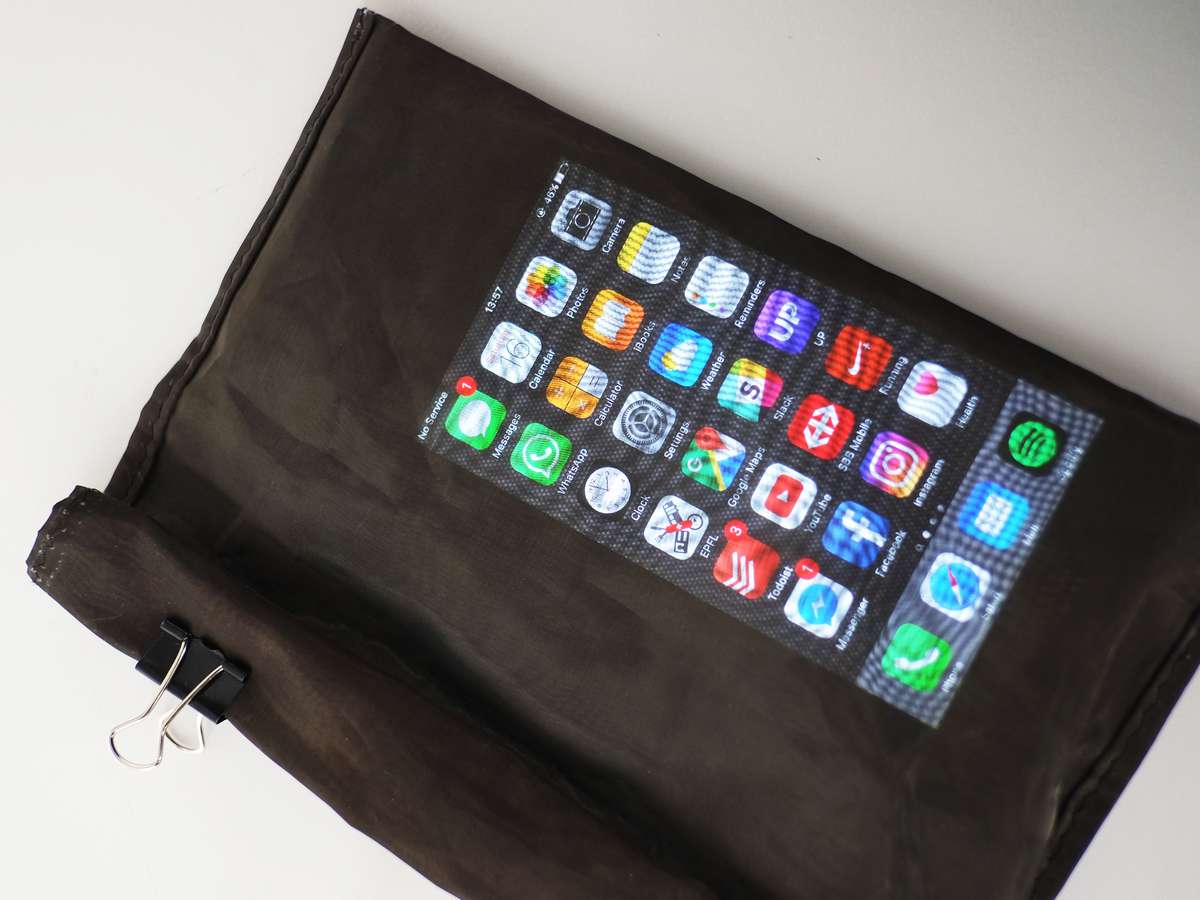
Cryptographic awareness /
In a post-Snowden condition, digital surveillance and data-privatisation have been placed in the center of political debate. The evolution of common principles such as domestic privacy and public space must be then re-investigated. Awareness must be raised on the ethical relationships between space and data. Beyond simple enthusiasm, critical postures towards IoT and smart cities must be developed by architects and urban planners urgently.
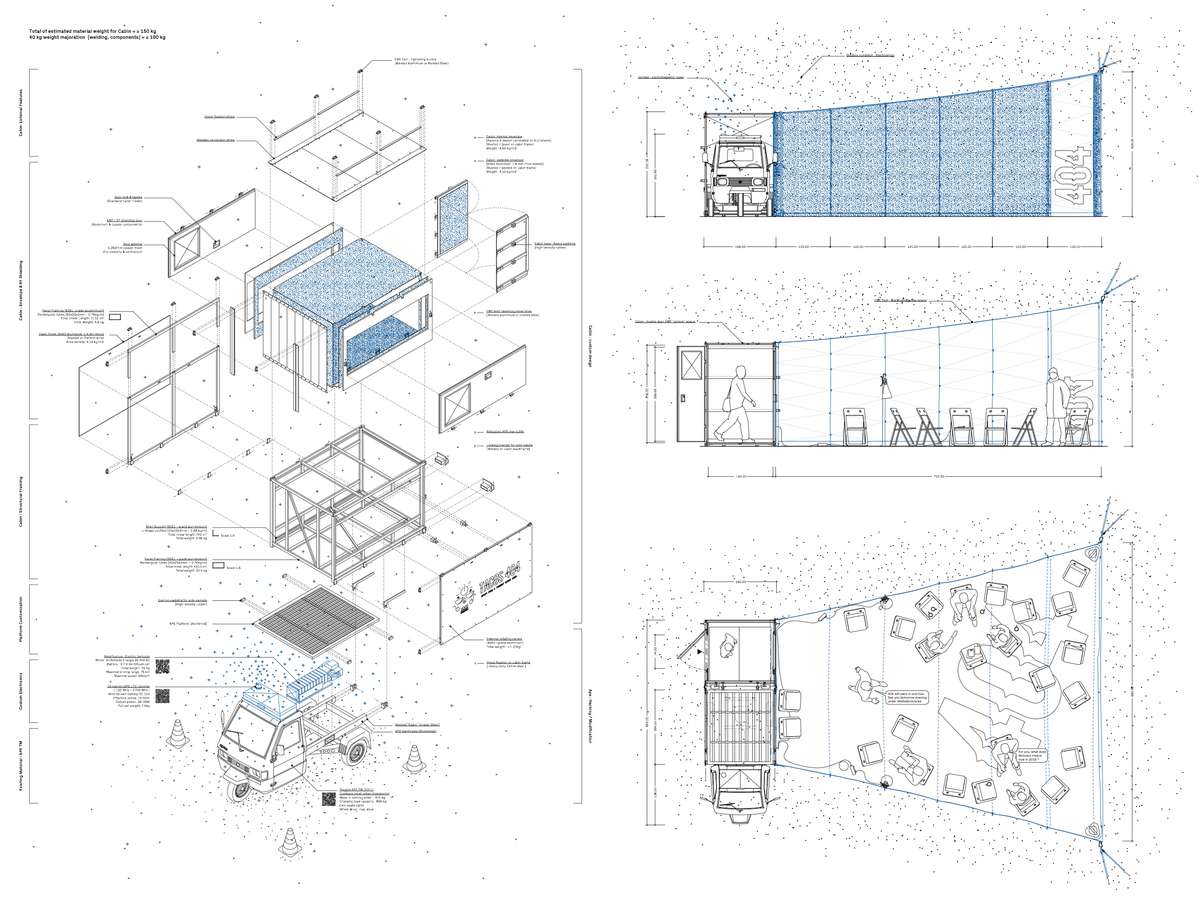
404 : Space not found /
As a first critical project, 404 proposes to create a small elusive space in the electromagnetic landscape of the contemporary city. Its main property is to “spirit away” its users by disconnecting them from any digital signal, thus protecting them from diverse forms of digital surveillance and from the subversive privatisation of their own data by private companies or governments in public space. (geo-tracking, monetisation, etc.)
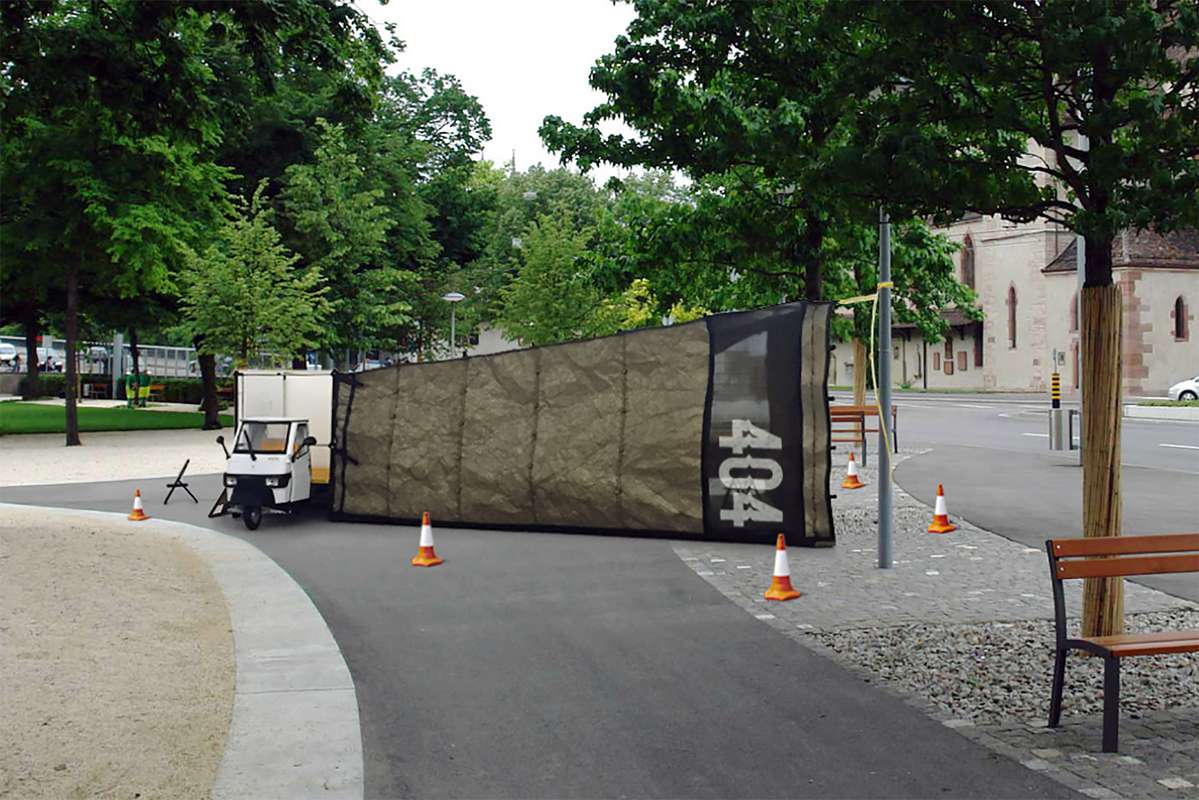
No signal, No tracking /
Adhocratic, without predetermined location, 404 transits in the city and is deployed on request for democratic events. In “stealth mode” it takes the banal form of a truck and blends into the urban landscape without attracting attention. Deployed in thirty minutes, it parasites the city, nesting itself in the various urban interstices and anchoring to the city’s generic elements: gates, facades, street furniture, trees.
A Fullspectrum Architecture
A Fullspectrum Architecture

The future of architecture is likely to happen in an overconnected world. Smart territories in a data-driven society where informational ubiquity will progressively become the norm. It is sustained by a dense yet invisible electromagnetic landscape that is unfortunately favouring the emergence of new health and cryptographic concerns such as electrosmog, information overload, digital mass surveillance, data-privatisation of public space, etc.
In regard to these concerns disrupting our daily lives, our vision is to extend architecture’s role to the spatial management of invisible electromagnetic signals as it was historically done with temperature, light or sound over the last centuries. It is a call for a fullspectrum architecture and the exploration of its related new programs and typologies.
“404: Space not found” is a critical pavilion for the H3K Basel. It aims to raise awareness towards this fascinating topic and acts as our first experimental, fullspectrum project.

Rethinking the Hütte /
One primeval role of architecture was to protect its users from natural conditions. It was also to give meaning to space by establishing spatial hierarchies between differents conditions : profane/sacred or public/private for example. We now need to extend this role towards the complex artificial environment that humanity built for itself over the last decades. Informational quietness and traceability may become new tools for spatial hierarchisation.

Unknown medical consequences /
The direct and indirect effects of electromagnetic exposure on humans are still relatively unknown. In the recent years, new phenomena such as EHS (Electromagnetic-Hypersensitivity), Information overload, Attention Deficit Disorder have been diagnosed. Some of them are still disputed but EMF exposure may participate to future building or urban planning regulations as it happened to asbestos or smoking policy in the past decades.
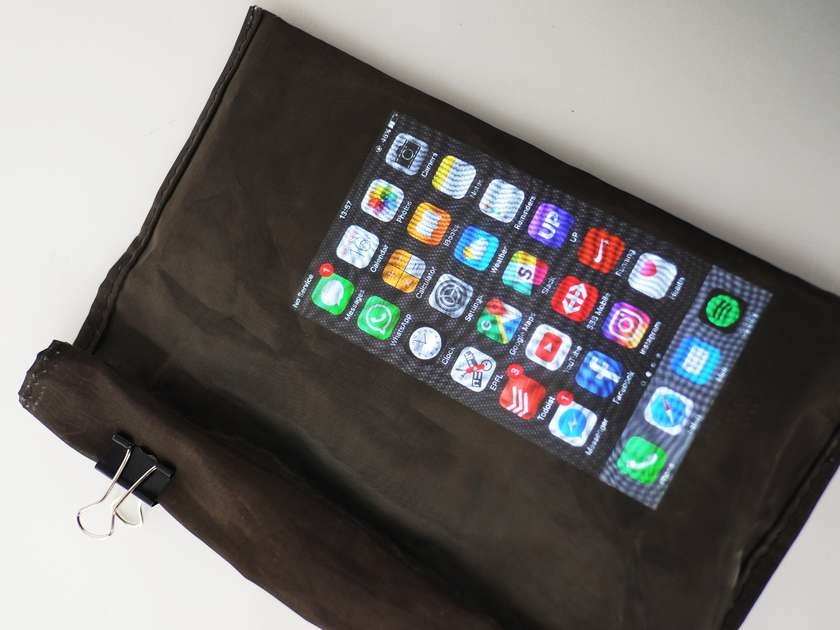
Cryptographic awareness /
In a post-Snowden condition, digital surveillance and data-privatisation have been placed in the center of political debate. The evolution of common principles such as domestic privacy and public space must be then re-investigated. Awareness must be raised on the ethical relationships between space and data. Beyond simple enthusiasm, critical postures towards IoT and smart cities must be developed by architects and urban planners urgently.
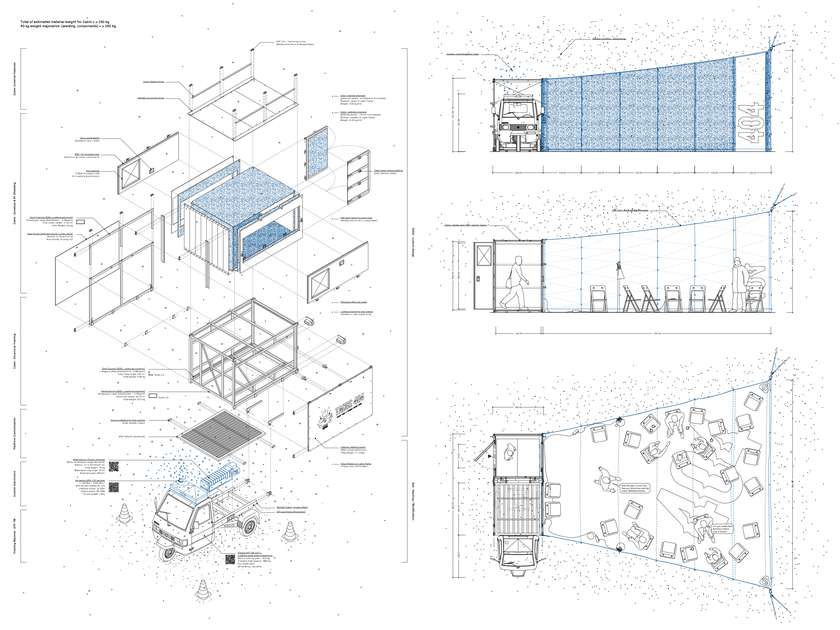
404 : Space not found /
As a first critical project, 404 proposes to create a small elusive space in the electromagnetic landscape of the contemporary city. Its main property is to “spirit away” its users by disconnecting them from any digital signal, thus protecting them from diverse forms of digital surveillance and from the subversive privatisation of their own data by private companies or governments in public space. (geo-tracking, monetisation, etc.)
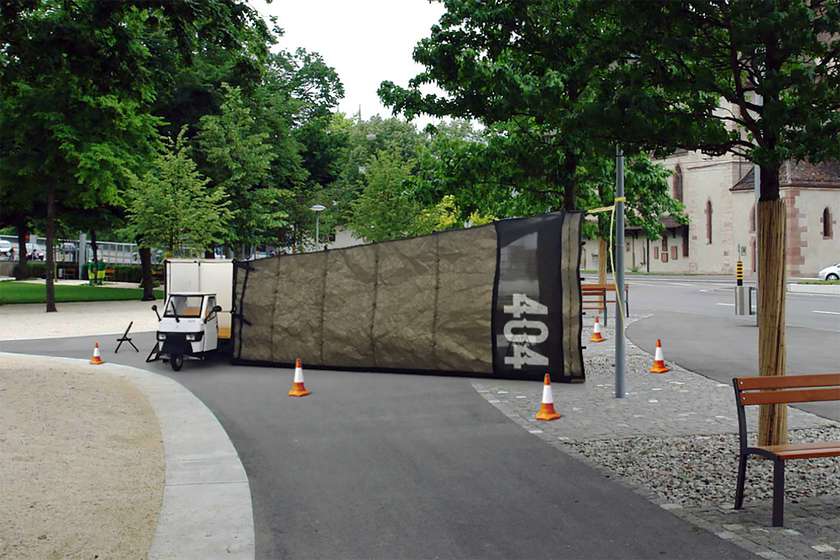
No signal, No tracking /
Adhocratic, without predetermined location, 404 transits in the city and is deployed on request for democratic events. In “stealth mode” it takes the banal form of a truck and blends into the urban landscape without attracting attention. Deployed in thirty minutes, it parasites the city, nesting itself in the various urban interstices and anchoring to the city’s generic elements: gates, facades, street furniture, trees.